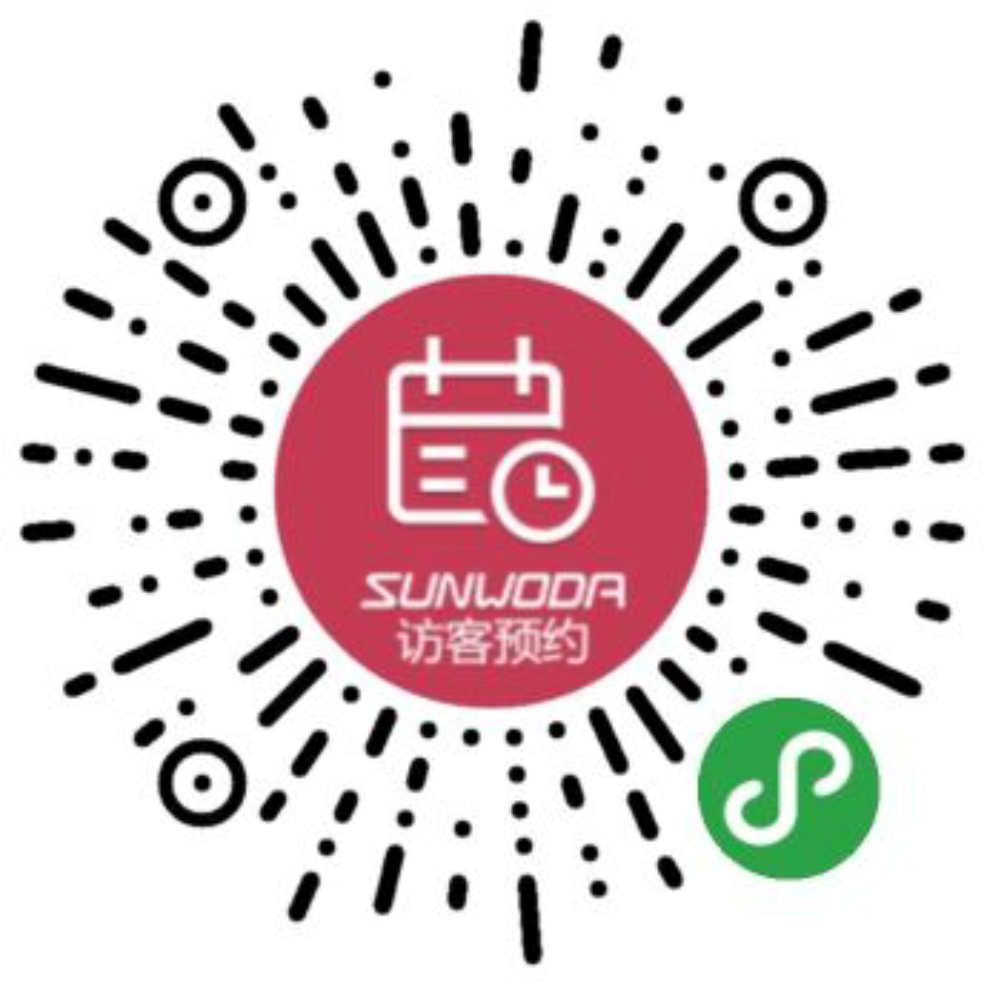Ev car battery pack,ev car battery technology
I. Lithium Monomer Battery
1. Composition and classification
Monomer (Cell), also known as the core, is the smallest unit of chemical energy into electrical energy, monomer lithium battery by the positive pole, negative pole, electrolyte, diaphragm, shell and other components, as shown in Figure 1.
Lithium batteries are categorized according to the materials used in the positive electrode, including lithium cobalt (LiCoO₂), lithium manganese (LiMn₂O₄), lithium nickel (LiNiO₂), lithium iron phosphate (LiFePO₄), and ternary lithium (Li(NiMnCo)O₂). Among them, ternary lithium batteries specifically refer to materials made by mixing cobalt, manganese, and nickel in accordance with scientific ratios, and these lithium compound materials have a stable crystalline structure, which plays a decisive role in the performance of the battery.
In the lithium battery system, the negative electrode is commonly used graphite material. When the battery is charged, lithium ions are embedded between the graphite layers to form a lithium-carbon interlayer compound (LixC6), which enables the storage of electrical energy.
In the structure of a liquid lithium-ion battery, a diaphragm and electrolyte are placed between the positive and negative electrodes. The unique nature of the diaphragm allows lithium ions (Li+) to travel freely, while effectively blocking the direct passage of electrons (e-), ensuring the insulation between the positive and negative electrodes inside the battery. In the case of solid-state lithium-ion batteries, the function of the diaphragm and electrolyte is performed by a polymer electrolyte membrane. This polymer electrolyte membrane can be in dry form or in gel form. The polymer colloidal electrolyte membrane, which is widely used in the market today, is able to transport lithium ions and prevent the direct passage of electrons with the same high efficiency.
2. Shape and Packaging
The shapes of monomer batteries are square, cylindrical, plate-shaped, etc., as shown in Figure 2. Square is divided into square stacked sheet type, square winding type; cylindrical is divided into cylindrical stacked sheet type, cylindrical winding type. Packaging types are hard-pack, soft-pack, hard-pack using steel shell, aluminum shell, soft-pack using aluminum-plastic.
Most electric vehicles use square hard pack batteries, Tesla uses 18650 cells, 18 means the diameter is 18mm, 65 means the length is 65mm, 0 means cylindrical battery. Laptop computers and cell phones use plate-shaped soft pack batteries.
Regarding lithium monomer batteries, their nominal voltage is usually 3.7 volts, but the normal voltage range for actual operation is between 3.2 volts and 4.2 volts. Lithium iron phosphate monobloc batteries, on the other hand, are known for their lower nominal voltage of 3.2 volts, with a normal voltage fluctuation range between 2.7 volts and 3.7 volts.
BYD’s recently introduced lithium iron phosphate blade battery, shown in Figure 3, demonstrates its innovative breakthrough in battery technology. The battery has a unique core design that can easily exceed 2 meters in length and 10 centimeters in width, while keeping the thickness within an amazing 2 centimeters. Advantages: ① Battery energy density increases by more than 1/3 compared to traditional batteries; ② Material cost is reduced by about 1/4; ③ Battery size is small, which saves space for the vehicle; ④ Battery is lightweight, which reduces the energy consumption of its own weight, and the range is increased.
3.Working Principle
(1) Charging. Lithium cobaltate battery charging as shown in Figure 4, the positive electrode of lithium into Li + ions and electron e-, electron e- under the action of the electric field force through the external circuit to the negative electrode. Li + ions from the positive electrode “dislodgement” into the electrolyte, “through” the membrane on the curved small hole, “through” the membrane. Li + ions from the positive electrode “de-embedded” into the electrolyte, “through” the diaphragm on the curved holes, “embedded in the crystal-like structure of the negative electrode, and the external run over the electronic e- combined together, this time the negative electrode is in the state of lithium-rich.
(2) Discharge. As shown in Figure 5, the electron e- and lithium ions Li + simultaneous action, electron e- from the negative pole through the external circuit to the positive pole, Li + ions from the crystalline structure of the negative electrode “de-embedded” into the electrolyte, “through the” diaphragm on the curved hole, “swimming” embedded in the crystal-like structure of the negative pole, “embedded” into the crystal-like structure of the negative electrode. “Swimming” embedded in the anodic crystal gap, and the external circuit over the electronic e- combined together, this time the anode is in a rich clang state. Clang ion Li + is like “sitting in a rocking chair”, also known as rocking chair battery.
4. lithium-ion batteries can not be overcharged / overdischarged
According to the working principle of lithium-ion Li +, the maximum charging voltage should be 4.2V, can not be overcharged, otherwise the cathode material in the lithium-ion Li + due to take away too much, resulting in the collapse of the crystal lattice, so that the battery is damaged or shorten the life of the battery, and in addition to the electrolyte decomposition releases gases, resulting in the bulging of the battery. Can not be over-discharge, discharge must retain a portion of lithium ion Li + in the negative electrode to ensure that the next charge lithium ion Li + smooth embedded channel. Lithium ion Li + charging / discharging should be controlled with high precision, otherwise both will affect the battery life, which is determined by the working mechanism of lithium-ion battery.
II. Power Battery
1. Definition
The definition of power battery refers to the configuration of the use of automobiles, can be stored and rechargeable, to drive the car driving to provide energy devices. Including lithium-ion batteries, nickel-metal hydride batteries, supercapacitors, etc., excluding lead-acid batteries, at present, China’s pure electric vehicles mainly use lithium-ion batteries. The role of the power battery is to store and release electrical energy, the power battery is installed in a sealed and shielded power battery box, as shown in Figure 6, using high-voltage cables connected to the high-voltage box.
2. Power battery terminology
Monomer: also known as electric cell, is the smallest unit that constitutes the power battery module. The rated voltage of monomer is also called nominal voltage, and different battery types stipulate different voltages.
Module: a group of parallel monomer combination, such as three modules called 3P, only one module called 1P, is the smallest grouping of monomers connected in physical structure and circuit, can be replaced as a unit. Module rated voltage is equal to the rated voltage of the single unit.
Module: a combination of multiple modules or monomers connected in series, module rated voltage = module rated voltage x number of modules connected in series.
Battery pack = formed by a number of modules connected in series, all modules have a total of 100 modules called 100s. rated voltage of the battery pack = rated voltage of the module x the number of modules connected in series, or equal to the rated voltage of all the modules added together.
Rated capacity: under the condition of ambient temperature of 25℃±3℃, the amount of electricity that should be provided when a fully charged battery is discharged to the termination voltage with rated current (or rated power), the unit is Ampere-hour (Ah).
Rated energy: under the condition of ambient temperature of 25℃±3℃, the energy that should be provided when the fully charged battery is discharged to the termination voltage with the rated current (or rated power), the unit is watt-hour (Wh), and 1 degree of electricity is equal to 1kWh.
Mass specific energy (mass energy density): energy output per unit mass, unit Wh/kg.
Volume specific energy (volumetric energy density): energy output per unit volume, unit Wh/L.
Charge termination voltage (upper limit protection voltage): the highest charging voltage value required for charging single unit/module/battery pack, unit is Volt (V).
Discharge termination voltage (lower limit protection voltage): single unit / module / battery pack discharging the minimum required discharge voltage value, the unit is Volt (V).
Open Circuit Voltage: The battery voltage when the external circuit is in disconnected state.
Cycle life: the number of charge/discharge cycles (- cycles) it can withstand.
State of Charge (SOC): the ratio of the remaining capacity of the battery to the capacity of the fully charged state, expressed as a percentage, with a range of 0-100%.
Battery Health (SOH): the ability of the current battery to store electrical energy relative to a new battery, expressed as a percentage.
Charge/discharge multiplier (nC): how many times the rated capacity current is used to determine the charge/discharge current when charging and discharging the battery. n is a coefficient with unit, the unit is “1/h”.
3. Power Battery Alarm Levels
Level 1 Alarm: This is the highest alarm level, indicating that the function of the power battery has been seriously impaired, and it is impossible to continue charging or discharging operations safely.
Countermeasures:
Immediate request to stop: BMS (Battery Management System) will immediately send a request to other related controllers to stop charging or discharging operation of the power battery within 1 second.
Forced Stop: If the other controllers do not respond within 1 second, the BMS will forcibly cut off the charging/discharging circuit within the next 2 seconds to ensure that the battery no longer receives or outputs electrical energy.
Disconnect High Voltage Relay: As a final safety measure, the BMS will immediately disconnect the high voltage relay, cutting off the connection between the battery system and the external circuit, preventing further damage or safety accidents.
Level 2 Alarm: Although the power battery has not completely lost its function, it is on the verge of danger and immediate measures are required to prevent the situation from worsening.
Countermeasures:
Request to stop: The BMS will send a request to other controllers to stop charging/discharging.
Response time limit: other controllers need to respond to the BMS request within 60 seconds and execute the stop operation.
Escalate fault: If no response is received within 60 seconds, BMS will escalate this fault to a higher level (e.g. level 1 alarm) and take corresponding emergency measures.
Level 3 Alarm: The performance of the power battery has deteriorated, but not yet to a degree that seriously affects use or safety.
Countermeasures:
Reduce current: The BMS will automatically reduce the maximum allowable charging/discharging current according to the actual condition of the battery to minimize further damage to the battery and to extend its service life.
Monitor and adjust: The BMS will continuously monitor the status of the battery and adjust the charging/discharging strategy as needed to ensure that the battery operates within a safe and stable range.



